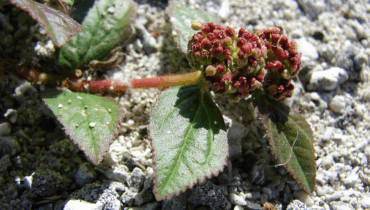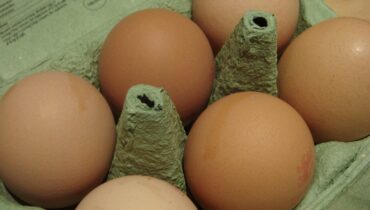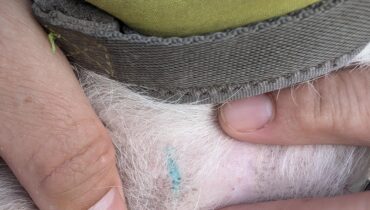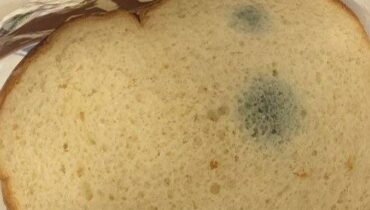📌 Is Pyrex Oven-Safe? The Rules You Must Follow to Avoid Shattering
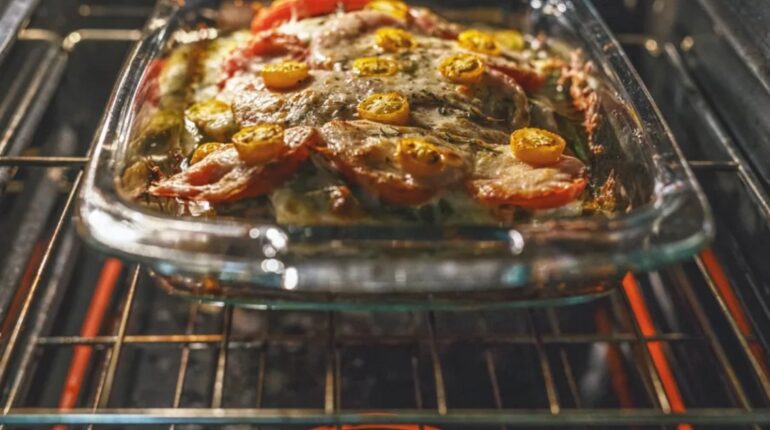
Posted 9 August 2025 by: Admin
Pyrex dishes are kitchen workhorses—but misuse them, and you could end up with shattered glass instead of dinner.
Pyrex is a household staple, found in countless kitchens thanks to its durability and versatility. Whether passed down from family or purchased brand new, these glass dishes can handle mixing, baking, storing, and serving with ease. But while they are tough, they’re not indestructible—understanding their limits is key to keeping them in one piece.
Yes, Pyrex Is Oven-Safe—But Not Unbreakable
One of Pyrex’s biggest selling points is its oven-safe design. You can mix, bake, serve, and store all in the same dish without extra cleanup. However, glass comes with rules—especially when it comes to sudden temperature changes, which can cause cracks or even shattering.
source: alfimimnill/Getty Images/iStockphoto
Thermal Shock—The Silent Dish Killer
The most common Pyrex disaster comes from thermal shock: moving the dish from one extreme temperature to another too quickly. For example, placing a chilled Pyrex dish straight from the fridge into a hot 425°F oven can cause it to crack or explode instantly. Glass simply isn’t designed for such rapid temperature swings.
Let Your Dish Adjust First
If your Pyrex has been in the fridge, let it sit on the counter for about 30 minutes before heating. It doesn’t need to be at full room temperature, but it must not be ice-cold when placed in a hot oven. And under no circumstances should it go directly from the freezer to a preheated oven—physics will win every time.
From Fridge to Oven—Proceed with Caution
If you must go from cold storage to baking, start with a cold oven and allow both the oven and dish to heat up together. This reduces stress on the glass, lowering the risk of breakage. It’s not a perfect solution, but it’s far safer than immediate high heat.
The Freezer Rule—Avoid Direct Heat
While it’s safe to store food in Pyrex in the freezer, transferring it straight to a hot oven is a recipe for disaster. Always thaw completely—either on the counter or overnight in the fridge—before applying heat. Skipping this step can lead to splits, spills, and ruined meals.
source: Getty Images/iStockphoto
Vintage Pyrex—Beautiful, But Still Vulnerable
Older Pyrex, often made from borosilicate glass, handles temperature changes slightly better than today’s tempered soda-lime glass. Still, it’s not immune to damage. Treat it with the same caution, especially if you want to preserve those iconic patterns.
The Takeaway—Handle With Care
Pyrex is reliable, versatile, and far superior to flimsy plastic containers, but it needs proper handling to last. Avoid drastic temperature swings, let it adjust before heating, and never treat it like metal cookware. With care, your Pyrex can serve faithfully for decades—maybe even longer than you.



